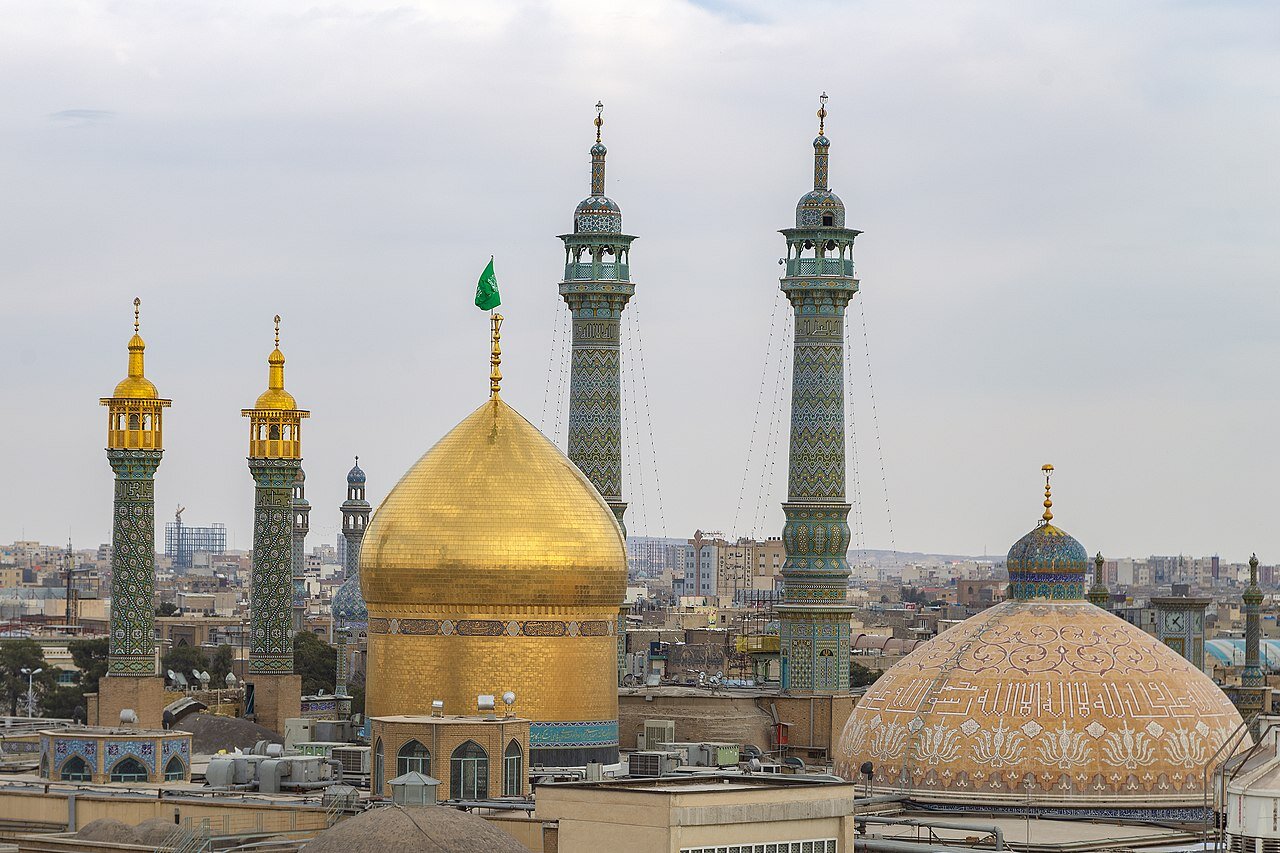Qom historical texture undergoes renovation project

TEHRAN - As a noteworthy step, six kilometers of historic texture in Qom province have been beautified and renovated to improve touristic capacities and serve pilgrims in a significantly better way.
The director of the Beautification, Improvement, and Renovation Organization around the Fatima Masoumeh (SA) Holy Shrine highlighted the improvement of the historic texture is being done based on the endogenous development of these areas to preserve the originality and identity of the target neighborhoods.
Alireza Khaki pinpointed the significance of the historical texture which encompasses ten principal Qajar-era districts, including Gozar-e Khan, Es’haghiyeh, Alvandiyeh, Eshqali, Masjed Jame, Chahar Mardan, Bagh Panbeh, Seydan, and Gozar Naneh-Abbas.
“The estimated area of Qom’s historical texture is around 220 hectares, making it a pivotal component in the city’s urban renewal efforts,” the deputy noted.Khaki underscored the importance of addressing not only the preservation of traditional Iranian-Islamic architecture but also tackling issues related to aging structures and informal settlements within this historical texture.
“A primary objective of this comprehensive revitalization initiative is to establish an essential infrastructure that promotes diversified tourism comprising both pilgrims and tourists in Qom,” according to Khaki.Beyond the preservation of architectural heritage, the intention is to transform these areas into exemplary models for new urban planning, grounded in the principles of Islamic lifestyle.Furthermore, the deputy detailed several ongoing projects, including the organization of sites around the Soltan Mohammad Sharif shrine, a significant Imamzadeh located in the historical texture.
Additionally, initiatives like completing the Gozar Qaleh, organizing Martyr Motahari Square, and renovating Masjed Jame to Kohneh Square are essential components of the city’s strategy for enhancing Qom’s historical texture.Khaki highlighted the importance of projects like implementing pedestrian pathways around the four sides of the holy shrine of Fatima Masoumeh (SA) and introducing traffic-calming measures.
According to the local tourism directorate, these endeavors are part of the broader plan to organize and enhance Qom’s historical fabric, ensuring a harmonious blend of cultural preservation, tourism development, and urban renewal.According to the last statistics revealed by province officials more than two million tourists have been accommodated annually in the Qom province, with an increase in arrival during special occasions such as holidays and mourning ceremonies.
Leave a Comment